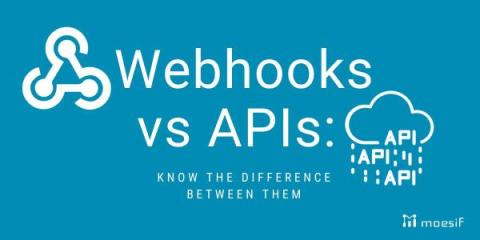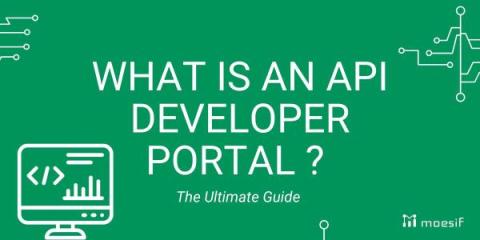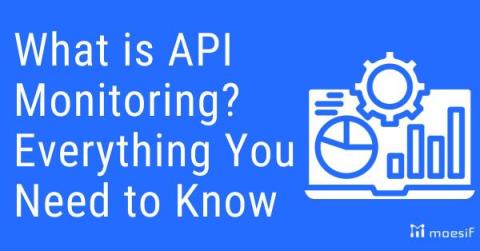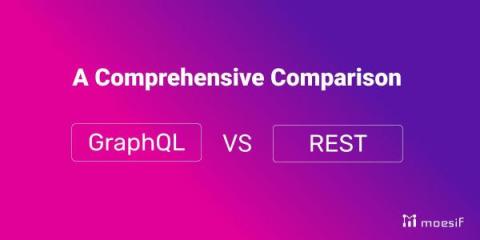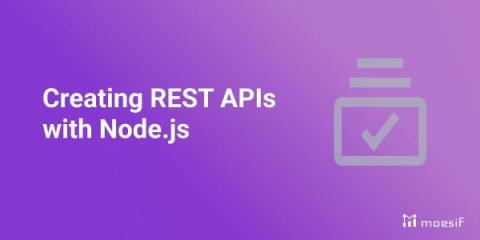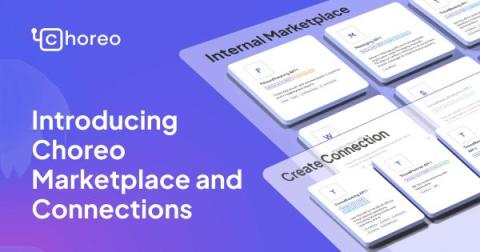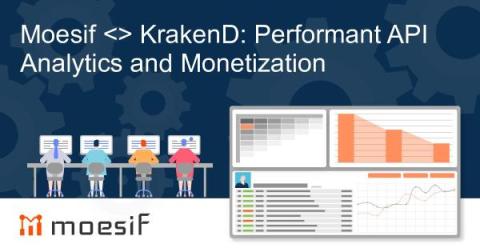Systems | Development | Analytics | API | Testing
API
Webhooks vs APIs : The Differences Between Them
As the connecting blocks of modern data communication, webhooks and APIs play pivotal roles, yet their distinctions are often blurred. Delving into their underlying mechanisms, functionalities, and use cases, after this blog post you will fully master the difference between webhooks and APIs. By unraveling the intricacies of these technologies, this explorative post serves as a resource for anyone looking to navigate their landscape of data integration and communication protocols.
What is an API Developer Portal? The Ultimate Guide
The heart of SaaS innovation in the modern era is API technology, connecting one digital tool to another seamlessly. As APIs have taken center stage, the term “API Developer Portal” has become more than just a buzzword—it’s a crucial element in the realm of software development and the easiest way to ensure seamless connectivity.
What is API Monitoring? Everything You Need to Know
Application Programming Interfaces (APIs) are the glue powering SaaS application connectivity. However, ensuring smooth operation of APIs requires more than just implementation; vigilant oversight and alerting can make or break your API products.
Kong Konnect the World: Seamless Global and Serverless Deployments Powered by Koyeb
Kong Konnect is an API lifecycle management platform streamlining the connectivity between your APIs and microservices. The control plane is hosted in the cloud by Kong and available across the US, EU, and AU, while the data plane is managed by you within your preferred network environment, like Koyeb.
Graphql vs Rest: A Comprehensive Comparison
The conversation around data fetching and API management is increasingly dominated by two major players: GraphQL and REST. These technologies, while serving the same purpose of facilitating communication between client and server, offer markedly different approaches and philosophies. GraphQL, emerging as a powerful alternative to the traditional RESTful architecture, brings a new dimension to data retrieval efficiency and flexibility.
REST API with Node.js
REST is a powerful and ubiquitous paradigm for web application development. It offers huge benefits that can help any service be more efficient, more extensible, and more scalable. Node.js is a popular solution for building fast, efficient, and scalable APIs. It is highly extensible, offering an ecosystem of packages that deliver fast and unified development.
Introducing Choreo Marketplace and Connections
An API-first approach has become a key driver for innovation and agility in modern software development. Through this, businesses can accelerate development cycles, and create powerful, interconnected applications that meet the evolving needs of users and markets. As part of our commitment to empowering enterprises on their API-first journey, our team at Choreo is thrilled to announce the introduction of two new features – Choreo Marketplace and Connections.
Creating Python APIs
REST is an incredibly powerful solution for web APIs in the modern space. It offers a wide array of benefits that can help any service be more efficient, faster to iterate, and more stable. Python is a strong, high-level language that unlocks a high level of functionality across broad categories of systems and devices. It is human-readable, highly efficient, and widely adopted. These two technologies, when combined, can deliver an incredible product in the API space.
Moesif <> KrakenD: Performant API Analytics and Monetization
When it comes to performant API gateways, KrakenD tends to be a name that many come across in their search. With some pretty impressive benchmarks, the team at KrakenD has put performance at the forefront of their efforts. In the latest release of KrakenD Enterprise, there’s also been another focus: analytics and monetization. Because of this focus, we are excited to announce our partnership to bring these capabilities via Moesif to the KrakenD Enterprise platform with their v2.5 release.



